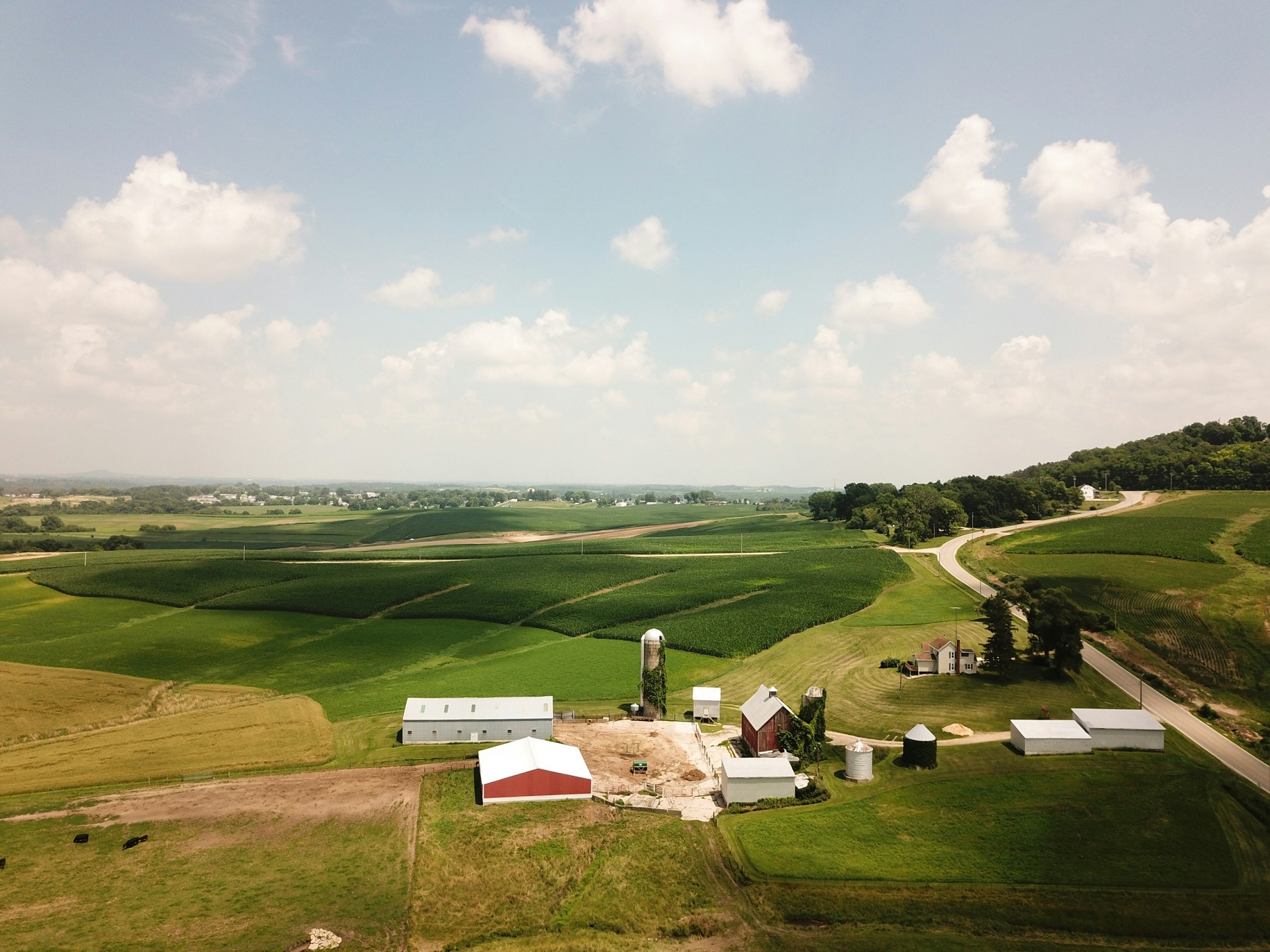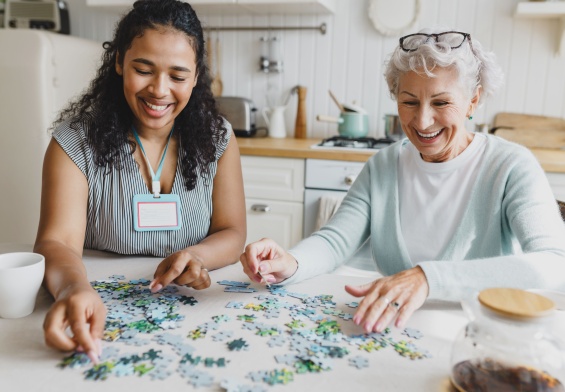Montana, known as the “Big Sky Country,” offers breathtaking landscapes and a serene lifestyle, making it a sought-after retirement haven. However, aging in Montana, especially in its vast rural expanses, presents unique challenges. The state’s sprawling geography, coupled with its sparse population, complicates the delivery of in-home care services to seniors desiring to age in place. This blog explores the intricacies of in-home care in Montana’s remote areas, highlighting the hurdles, solutions, and agencies specializing in rural elder care.
The Landscape of Aging in Montana
Montana’s demographic trends underscore a significant increase in its senior population. According to the U.S. Census Bureau, the state has one of the fastest-growing populations of seniors in the country. Many of these individuals express a strong desire to remain in their homes as they age. However, the rural nature of much of the state means that accessing essential services, including healthcare and in-home care, can be challenging. Distances are vast, public transportation is limited or non-existent, and winter weather can be severe, further isolating seniors.
Montana’s Senior Demographics: An In-Depth Look
Montana is experiencing a significant demographic shift, particularly in the growth of its senior population. From 2010 to 2021, the number of Montanans aged 65 and older surged by 46.8%, a rate that far outpaces the national average. This age group now constitutes 19.6% of the state’s total population, a notable increase from previous years. Moreover, individuals over 60 years old represent 26.72% of Montana’s populace, underscoring the state’s aging demographic trend. The U.S. Census Bureau projects that by 2030, over 30% of Montana’s population will be over 60, marking a 43% increase from 2012.
Montana’s demographic composition reveals a distinctive age distribution when compared to the national average. The state boasts a higher percentage of residents in their 50s and 60s, with 14% of its population in the 60-69 age bracket, compared to 11% nationwide. Conversely, Montana has fewer residents under the age of 50, highlighting the aging nature of its population. The age distribution across the state is as follows: 11% are aged 0-9, 13% each fall within the 10-19, 20-29, and 30-39 brackets, 12% are 40-49, 9% are 70-79, and 4% are 80 or older.
The aging trend is also reflected in the median age of Montana’s nursing home residents, which stood at 40.1 in 2018. Projections indicate a 7.0% increase in this median age through 2030. The significant growth of the 65 and older age group, from constituting 14.9% of the population in 2010 to 19.6% in 2021, mirrors a broader national trend towards an aging society but is particularly pronounced in Montana.
This demographic evolution presents unique challenges and opportunities for the state, particularly in terms of healthcare, in-home care services, and the overall infrastructure needed to support an aging population. Montana’s senior demographic trends underscore the increasing need for comprehensive strategies to support aging in place, especially in rural and remote areas, ensuring that the state’s elder residents can enjoy a high quality of life in their later years.
Challenges in Rural Montana
Accessibility and Isolation: One of the primary challenges in delivering in-home care in rural Montana is the sheer distance caregivers must travel to reach clients. This geographic challenge can lead to higher costs and less frequent visits, impacting the quality and consistency of care. Additionally, rural seniors often face social isolation, which is a significant risk factor for mental health issues, including depression and anxiety.
Limited Healthcare Resources: Rural areas typically have fewer healthcare facilities and specialists, which means that seniors might have to travel long distances for medical appointments or rely on telehealth services. While telehealth has been a boon for rural healthcare, it requires reliable internet access, which is not always available in remote Montana areas.
Workforce Shortages: Recruiting and retaining healthcare professionals in rural areas is a persistent issue. Lower population densities and the remote nature of these areas can make it difficult for in-home care agencies to maintain a stable workforce.
Innovative Solutions for Rural In-Home Care
Despite these challenges, several strategies and agencies are dedicated to supporting Montana’s aging population in rural areas.
Leveraging Technology: Telehealth and remote monitoring technologies have become vital tools in bridging the healthcare gap. Devices that monitor vital signs and medication dispensers with alerts can help seniors manage their health from home. Additionally, virtual visits with healthcare providers can reduce the need for travel.
Community-Based Approaches: Some communities have developed volunteer-based programs where neighbors assist seniors with transportation, grocery shopping, and other errands. These initiatives not only provide practical help but also combat social isolation.
Specialized Agencies: Several agencies have risen to the challenge, offering tailored in-home care services for Montana’s rural seniors. For instance, Big Sky Home Care specializes in delivering comprehensive home care services, from personal care to medication management, across wide geographic areas. Montana Elder Care focuses on creating personalized care plans that include emergency response systems and coordination with local healthcare providers to ensure a continuum of care.
Training and Support for Family Caregivers: Recognizing that many seniors rely on family members for care, some organizations offer training and resources to family caregivers. These programs equip them with the skills needed to provide care and navigate the healthcare system, thereby enhancing the care quality their loved ones receive.
Agencies Specializing in Rural Care
- Montana Rural Health Initiative: This organization focuses on improving access to healthcare in rural communities through advocacy, education, and partnership development. They offer resources for seniors and caregivers, aiming to enhance the quality of rural health care.
- Home Instead Senior Care: With locations across Montana, Home Instead provides personalized in-home care services, including companionship, meal preparation, and personal care. Their CAREGivers are trained to meet the unique needs of rural seniors.
- Senior Corps of Montana: Part of the national Senior Corps program, this volunteer-driven initiative matches seniors who need help with those willing to provide services, fostering a sense of community while addressing the practical needs of aging individuals.
Conclusion: Embracing the Challenge with Innovation and Community
Aging independently in Montana’s rural areas is fraught with challenges, yet it’s clear that innovation, community spirit, and dedicated organizations are paving the way for practical solutions. By leveraging technology, fostering community-based support, and highlighting agencies specializing in rural care, Montana is working towards ensuring that its seniors can enjoy their golden years in the comfort of their homes, surrounded by the majestic beauty of Big Sky Country. As Montana continues to adapt and evolve, the hope is that more seniors will benefit from enhanced access to in-home care services, allowing them to age with dignity and independence.
Resources:
- Montana State Plan on Aging – Administration on Community Living
- Montana’s Population – Administration on Community Living
- Montana is the oldest state in the West. Demographics tell the tale. – Montana Free Press
- Montana Senior Living Statistics & Facts – Senior Living




